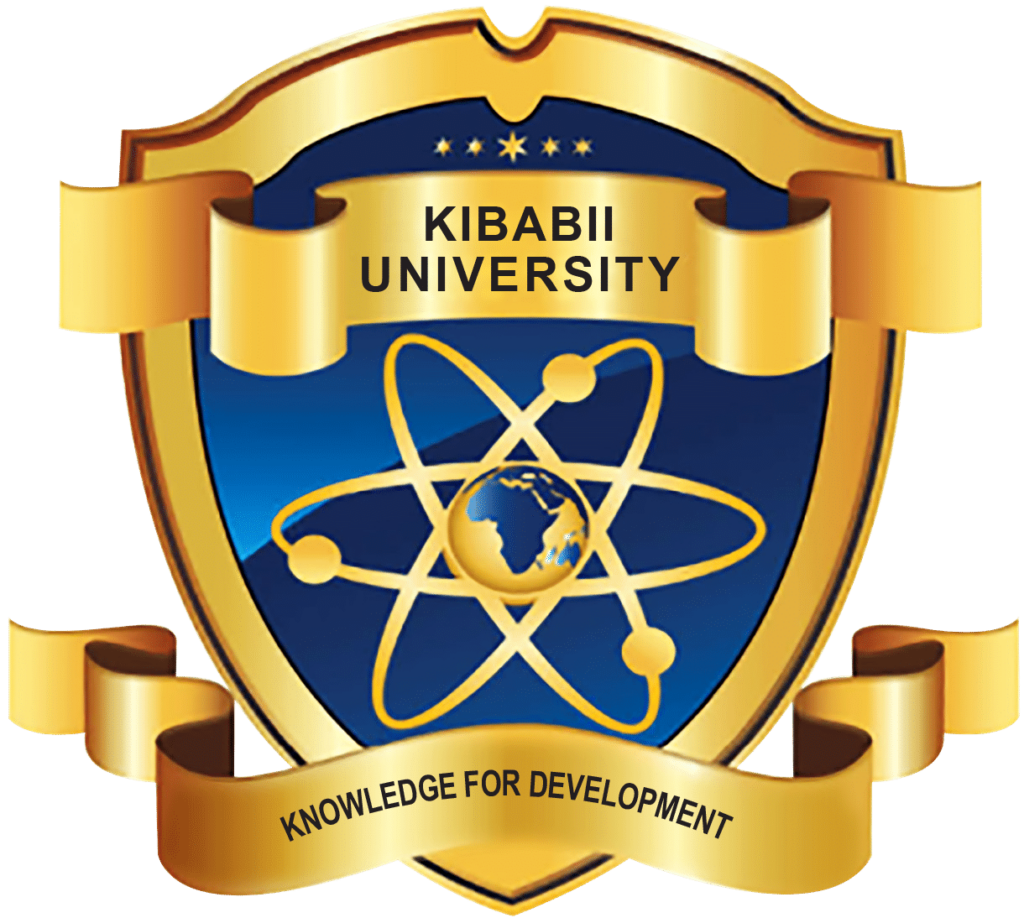|
Master of Education in Curriculum and Instruction |
|||
| Name | Reg. No | Title | Supervisors |
| Titus Munene | MED/CIT/005/13 | Effect of Kinesthetic Instructional Resources on Students’ Learning of Biology in Secondary Schools in Bungoma County, Kenya |
|
|
ABSTRACT Instructional resources are meant to build the learning capacity by creating the conditions necessary for teaching and learning. These resources make learning easier and invoke curiosity which is a trigger for learners to carry out different tasks to solve diverse problems and progress in various domains. Educators propose a wider range of stimulating and exciting materials to be used in teaching the concepts outlined in the curriculum to ensure that learners are actively involved in the learning process, but these resources are rarely used in the classroom. The purpose of this study therefore will be to investigate the effect of kinesthetic instructional resources on students’ learning of biology in secondary schools in Bungoma County in Kenya. The objectives of the study are; to determine the availability of the varied range of learning materials used in biology in secondary schools; to establish the perceptions of teachers and Students towards use of kinesthetic instructional resources; to find out the challenges of using kinesthetic instructional resources in the classrooms and to find out the relationship between techniques and kinesthetic resources and their impact on learning biology in secondary schools. The study will be conducted in Bungoma County. Descriptive survey design will be utilized in this study. The target population will be the teachers of Biology; Laboratory Technicians and form three students in the secondary schools in Bungoma County. Stratified simple random sampling will be used to select the schools from which respondents will be picked. Simple random sampling will be used to pick Biology teachers and laboratory technicians while simple random sampling will be used to select 116 students in the sampled schools according to the ability of the students in their performance in biology. Data will be collected using questionnaires, document analysis and observation schedule. Data will be analyzed using both descriptive and inferential statistics. The findings of the study may be useful to curriculum planners who will use the findings to develop varied range of photographs that will enable learners interact and process information useful when answering questions in biology examination. The teachers of biology may particularly benefit when planning for instruction by involving photographs as the teaching and learning resources. This may cut down costs of specimens that are rare and in most cases expensive. The varied range of photographs of specimens will ensure safety for learners who are usually exposed to the dangers of live specimens especially those involving blood. |
|||

